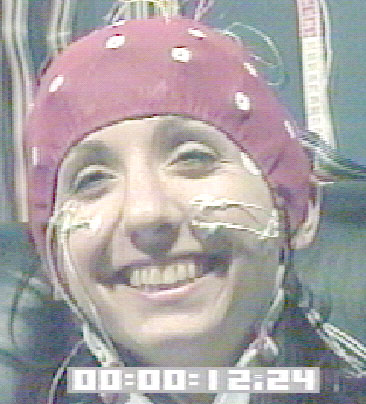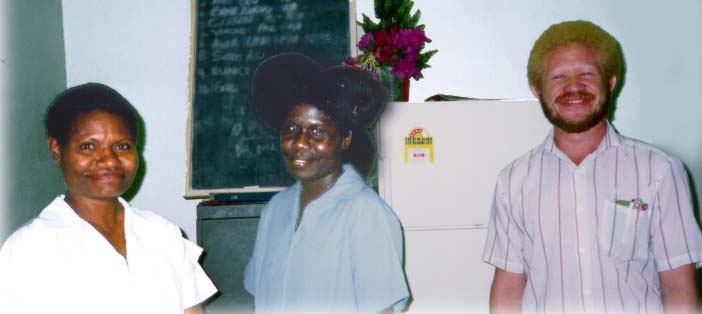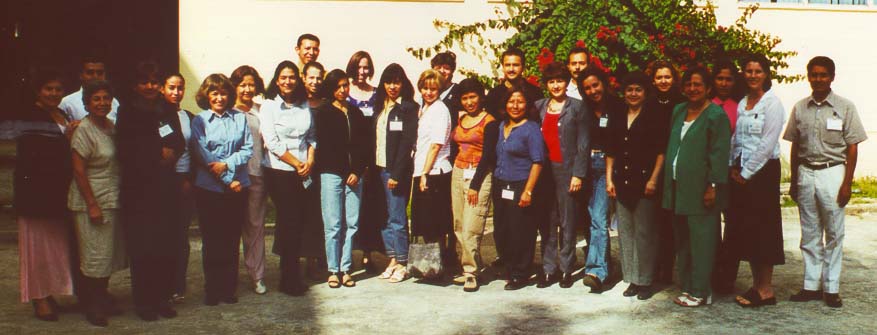Psychosocial Health and Facial Nerve Disorder
Facial nerve disorders disrupt facial movement and expression, causing a variety of physical problems. People that are living with long term facial paralysis may also experience psychological and/or social effects resulting from their facial disorder. In this study, I am investigating the complex links among physical impairment in facial expression, psychological effects, social activity, and the ways that people with facial nerve disorder compensate for the loss of normal facial expression in everyday life. This study is funded by a grant from the National Institutes of Health. If you are interested in participating in this study, please contact me at kschmidt@pitt.edu or 412-624-5432 or preview our information sheet in pdf version or word version . This research is being conducted in Pittsburgh at the Facial Nerve Center. If you are interested in possible treatment for your condition at the Facial Nerve Center, please see their website
At peak facial expression, the face is often asymmetric, and the left side of the face in particular seems to be most expressive. The role of baseline asymmetry in the appearance of asymmetry at peak expression has not been fully determined using quantitative methods. Using methods developed by my colleague, Dr. Yanxi Liu, I have found that facial asymmetry at peak expression is significantly associated with structural facial asymmetry (asymmetry at neutral expression). However, there is no significant relationship between asymmetry of movement on the sides of the face (measured as change in pixels) and facial asymmetry at peak expression. This result was unexpected and suggests that asymmetric movement is not nearly as critical in producing asymmetric expression as previously thought.



